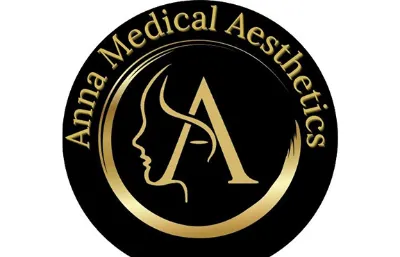Your first discussion with a surgeon should clearly set out how you want to look after this treatment and whether this result is possible for you.
Detailed discussions regarding the reasons for wanting a brow lift and your suitability for this type of surgery are very important at this stage. You surgeon should also discuss the differences between the two types of surgical technique used – endoscopic or the open (sometimes known as coronal) browlift. The differences between these are discussed below.
Make sure that you obtain as much information as necessary to enable you to make a fully informed choice about which you feel confident and happy.
It may be that a brow lift is not the most suitable procedure for you, or that you may need further additional procedures to achieve the results that you desire. Such extra procedures may include eyelid surgery, for example.
Your surgeon should also take a medical history, to ensure that there are no reasons why you shouldn’t have this operation. You would also normally be asked to sign a consent form at this time, which means that you have understood the potential benefits and risks associated with a brow lift.
Photographs will most likely be taken by the practitioner for a “before and after” comparison later. Importantly, this will also point out any oddities in your face such as differently shaped eyebrows or that one eye is lower than the other. Most people do not have identical eyebrow positions and shapes, and the surgeon will want to stress any obvious differences before you undergo an operation.
The surgeon may also wish to write to your GP giving details of the operation so that if there are any problems associated with surgery in the short or long-term, your doctor is aware of the procedure and can help you with the recovery.
Anaesthesia
Brow lifts can be performed under a general anaesthetic, but for this procedure, many surgeons use a local anaesthetic along with a sedative to make you drowsy, so that you remain awake but feel very little discomfort.
Please take into account that a general anaesthetic carries some potential risks; this should be clearly explained to you by the surgeon.
The operation
If you make a decision to go ahead with a brow lift, the actual procedure may take place in an outpatient surgical clinic, or in a hospital where you can recover overnight. The entire operation should take between 1 and 2 hours.
Although there are different brow lift operations, the two main options that are used are the original open technique and an endoscopic brow lift. The most suitable procedure for you depends on the structure of your face, the condition of your skin, and your hairline, in order to decide where the surgeon’s incisions should be made.
Open technique
Your head does not need to be shaved for this procedure. Usually, an incision in the forehead running from ear to ear may be placed either on or slightly behind the natural hairline. An incision on the natural hairline generally heals more easily and has the advantage of lowering the hairline. The disadvantage could be noticeable scarring. Another option is to place the incision within the creases in the middle of the forehead. This is normally used in men with deep forehead lines, especially if they have a higher hairline owing to baldness.
After the cut is made, the skin of the forehead is lifted away from the tissues of the face so that it can be removed and the muscles of the forehead can be reduced or released. The eyebrows may also be raised and excess skin trimmed away. The cut is then closed with stitches or clips. Some surgeons do not use any dressings, while others choose to cover the wound with gauze padding and wrap the head in an elastic bandage.
Endoscopic brow lift
In an endoscopic brow lift, rather than making one long incision across the top of the forehead, your surgeon will make between three and five scalp incisions of less than an inch in length in the forehead. An endoscope, which is a small tube with a camera on the end connected to a monitor, is inserted through one of the incisions allowing the surgeon to have a clear view of the tissues beneath the skin. Muscles and underlying tissues are removed or slackened and the eyebrows may also be lifted and secured into their higher position by stitches beneath the surface of the skin or by temporary screws placed behind the hairline. Finally, the incisions are closed with stitches or clips and, depending on your surgeon’s individual preference, gauze and dressings may also be used.

